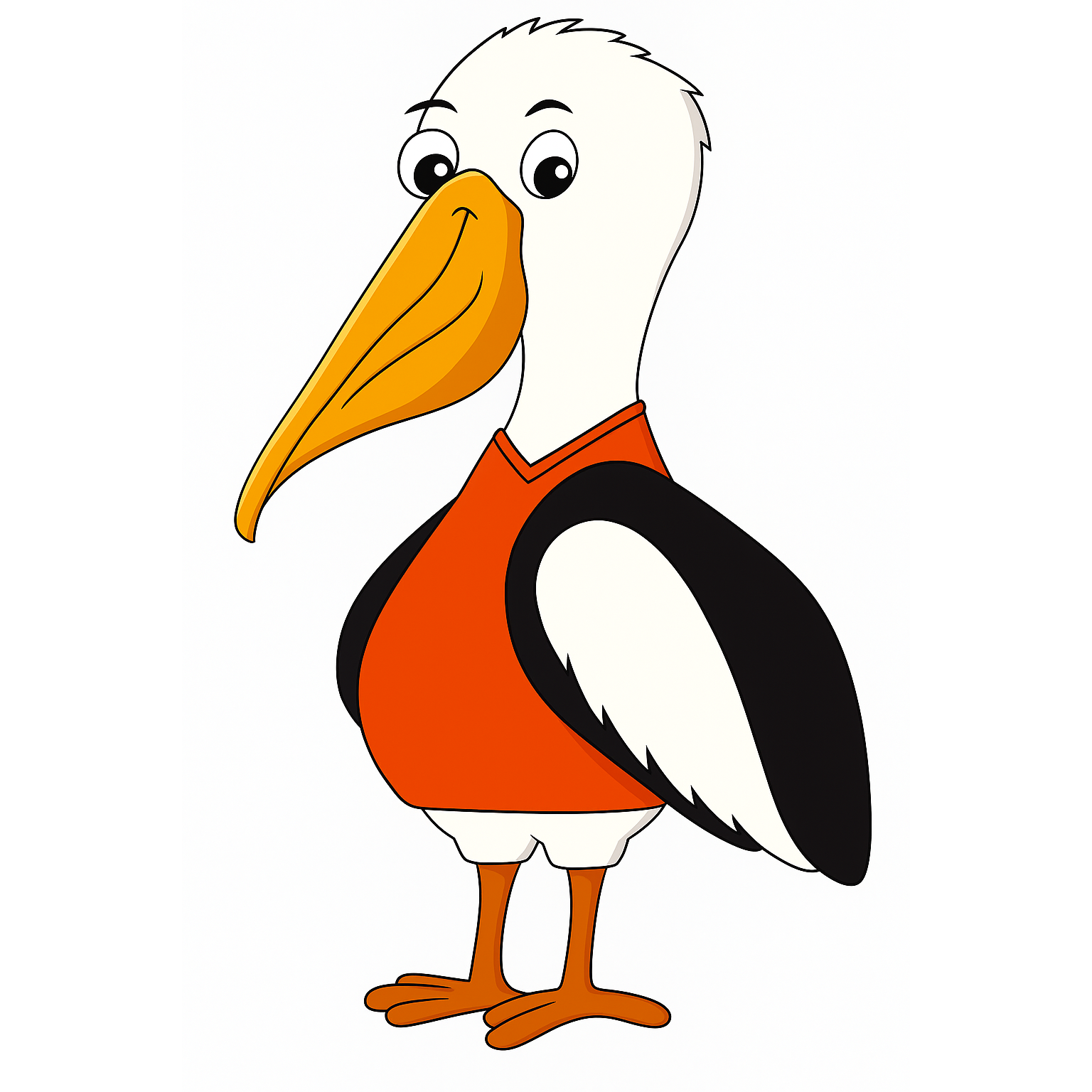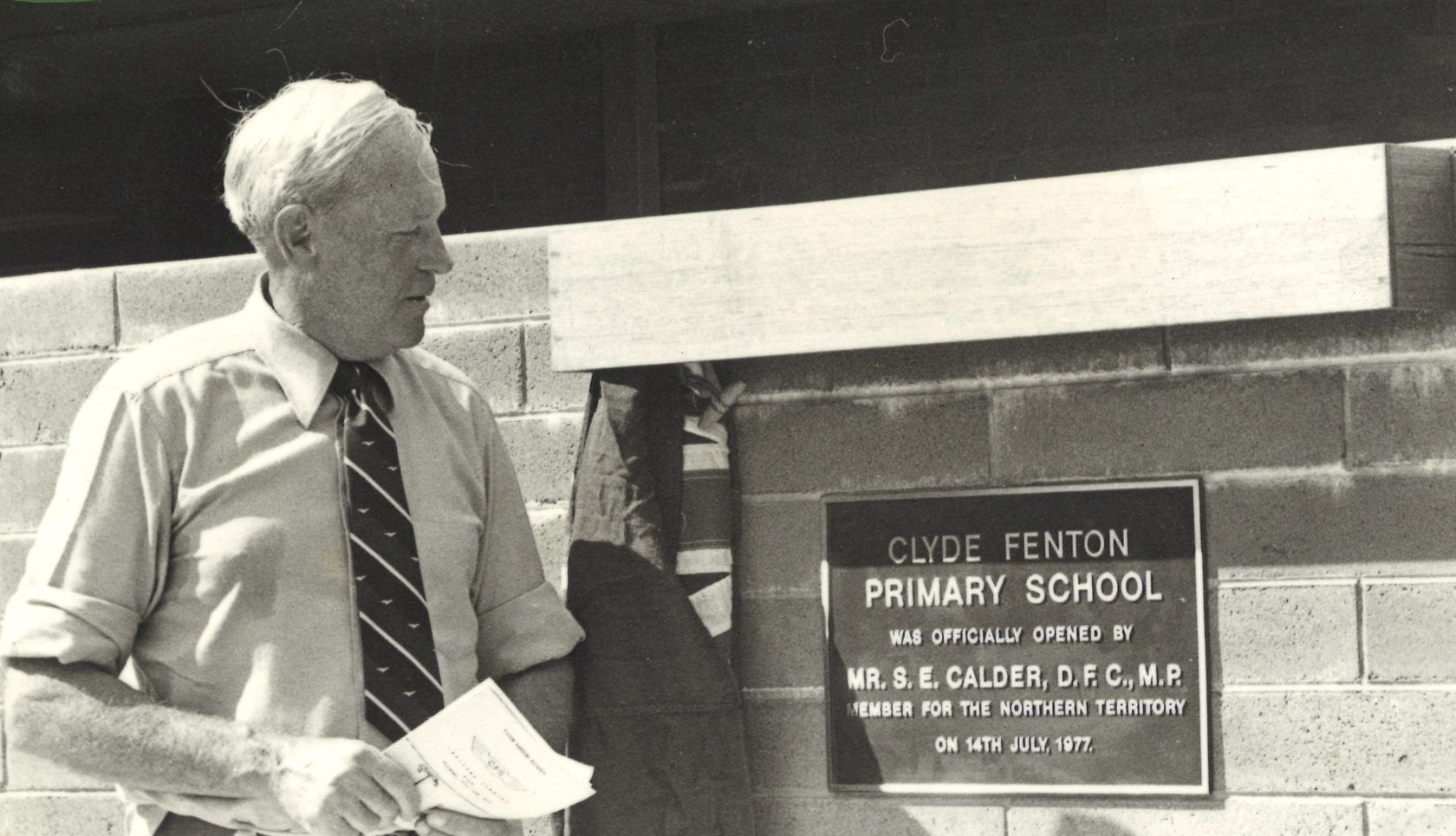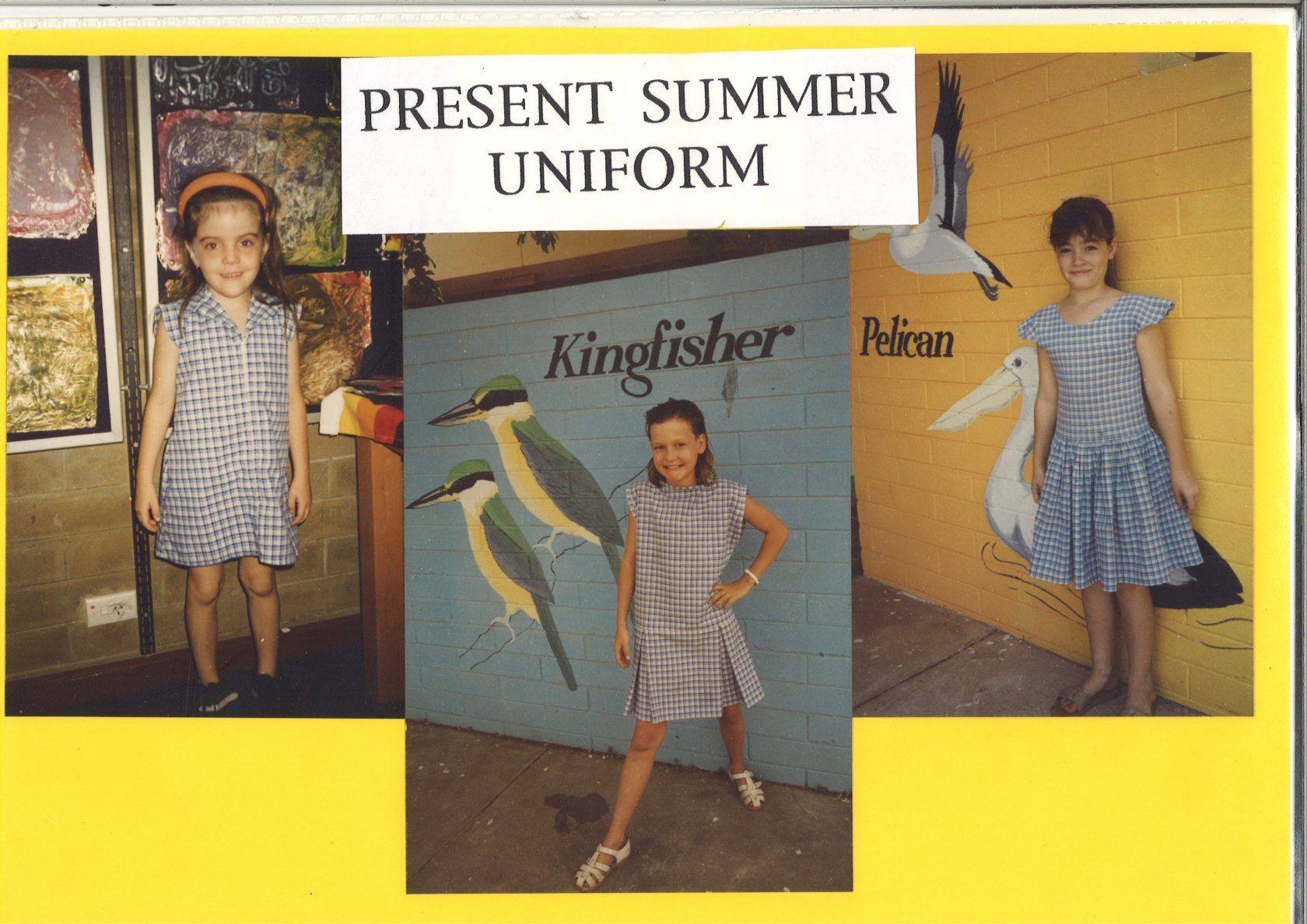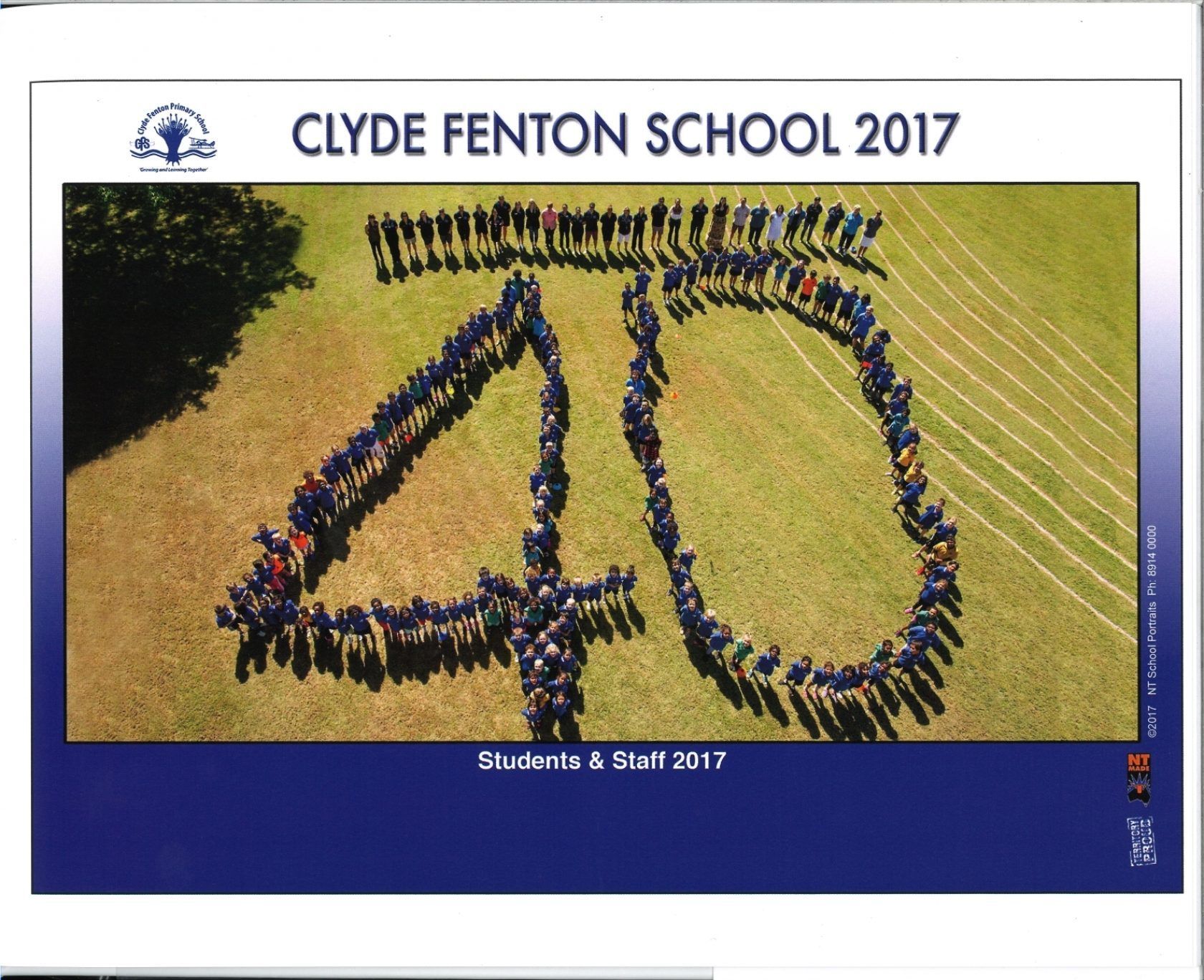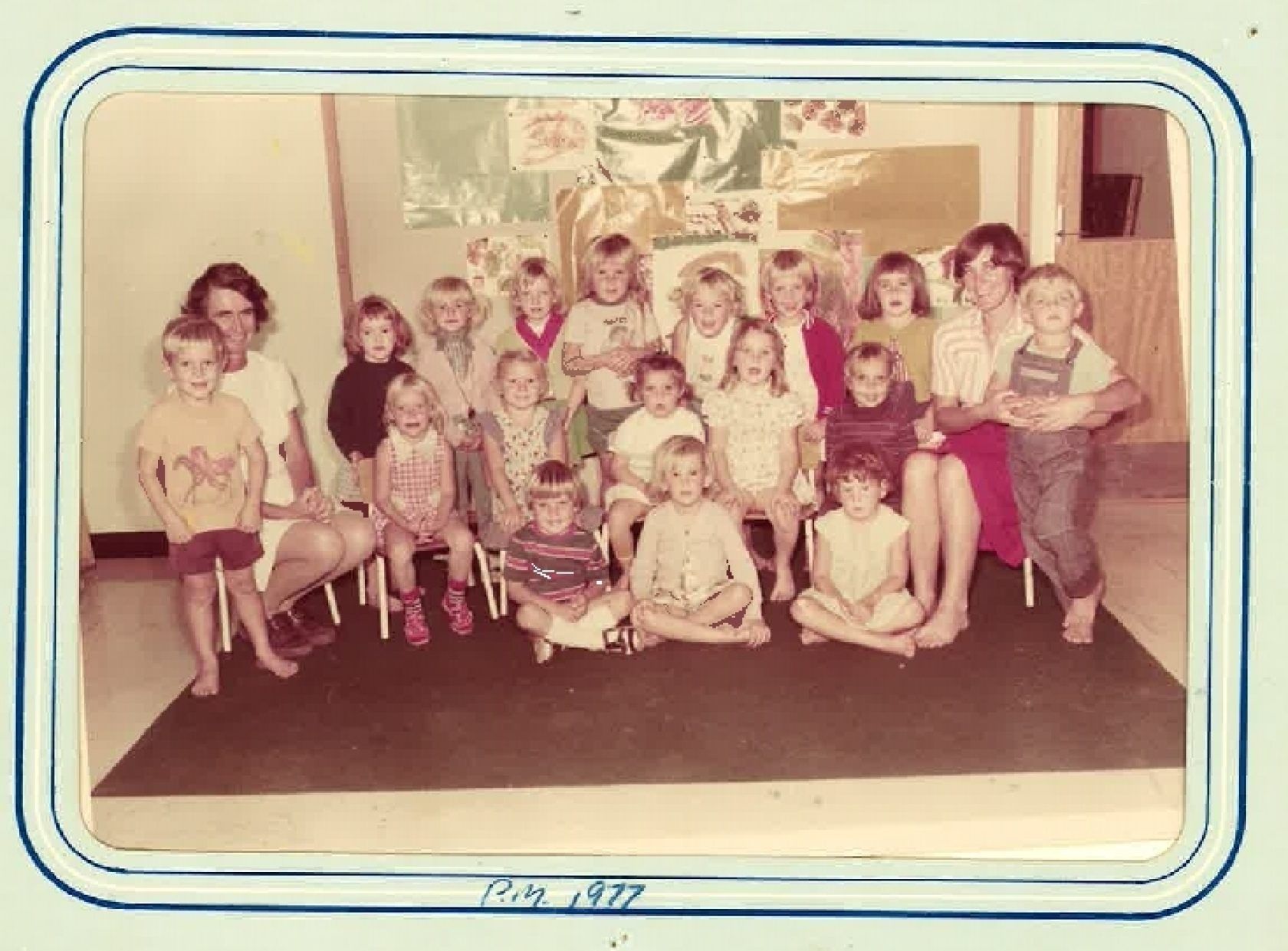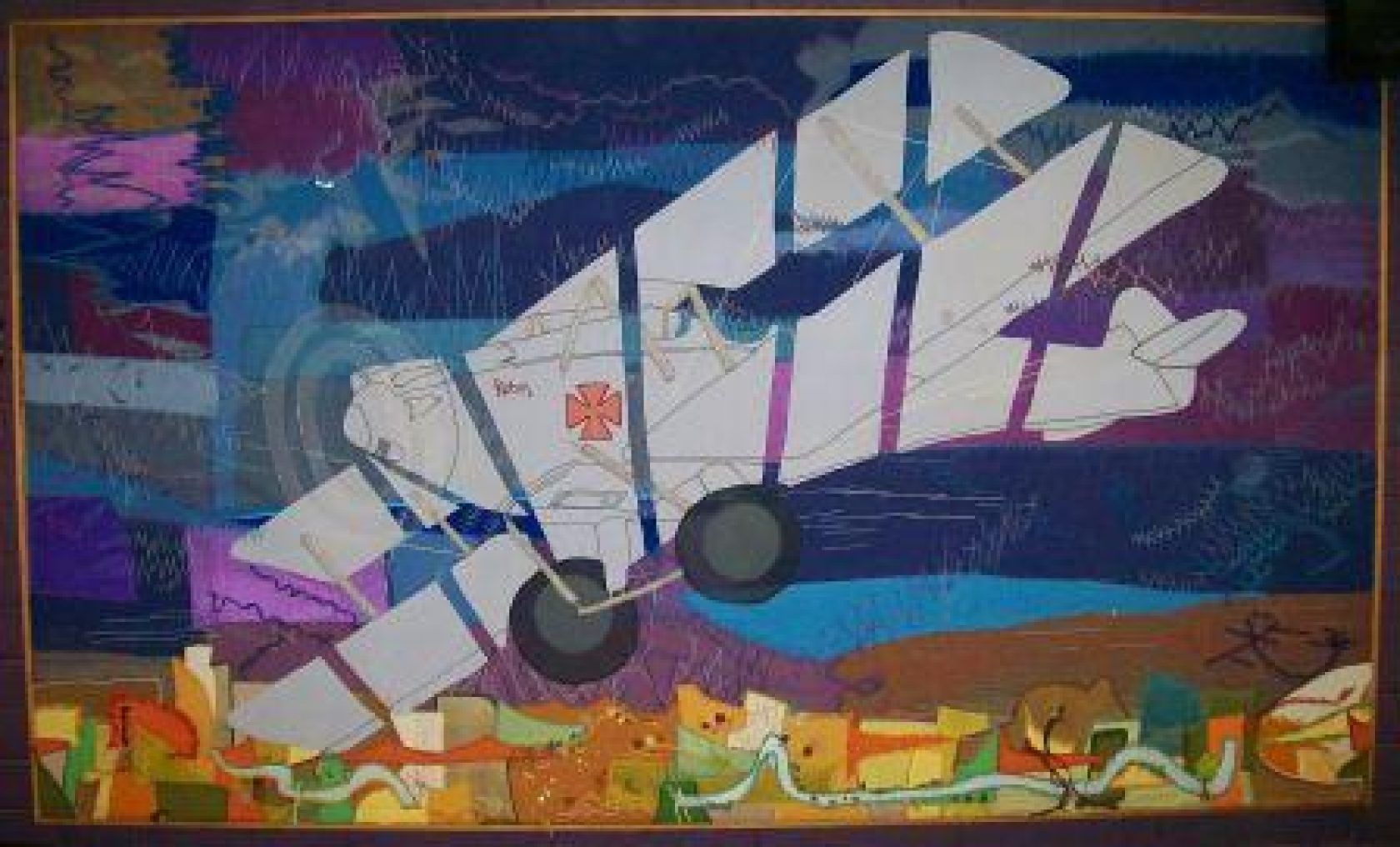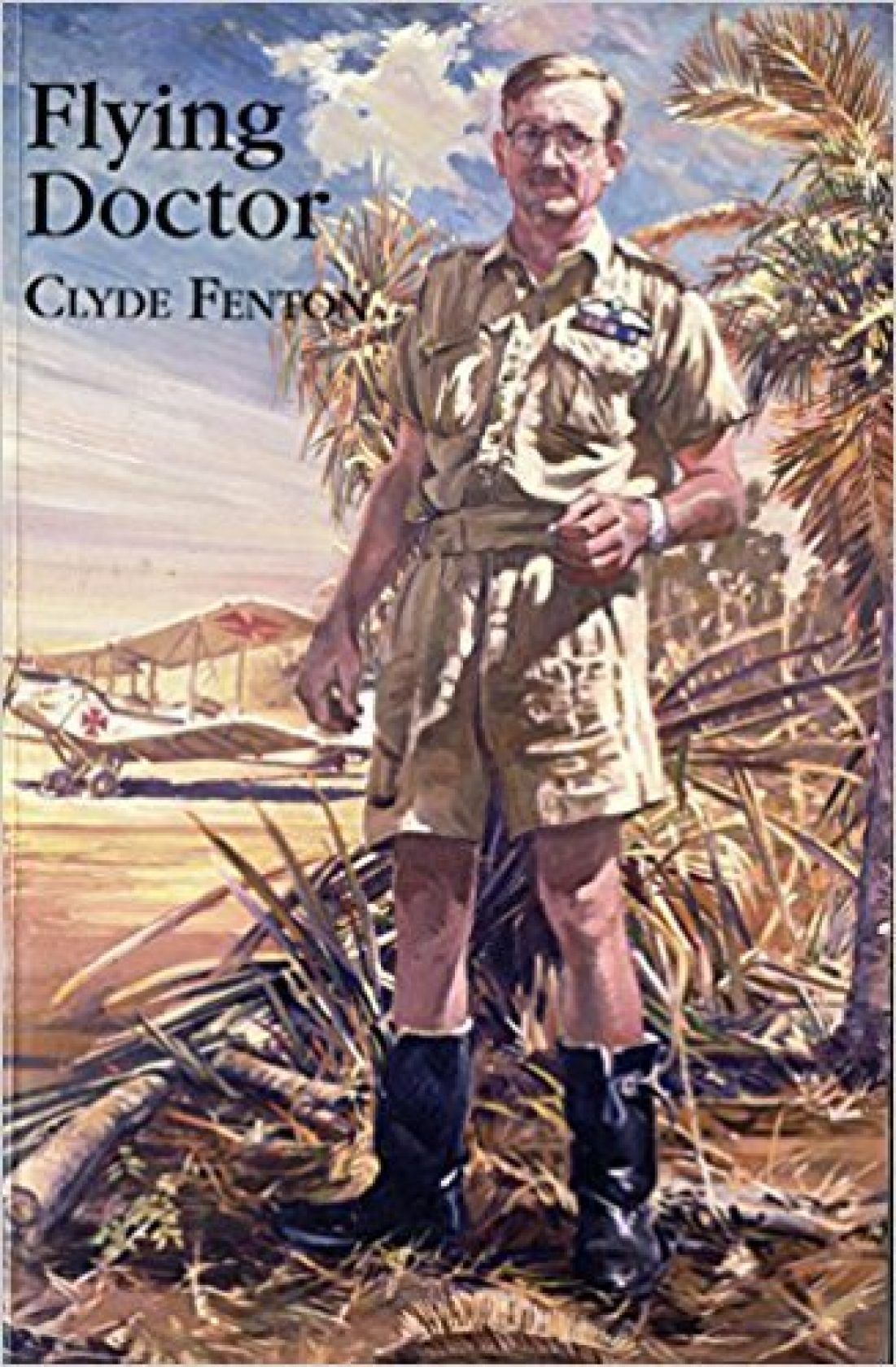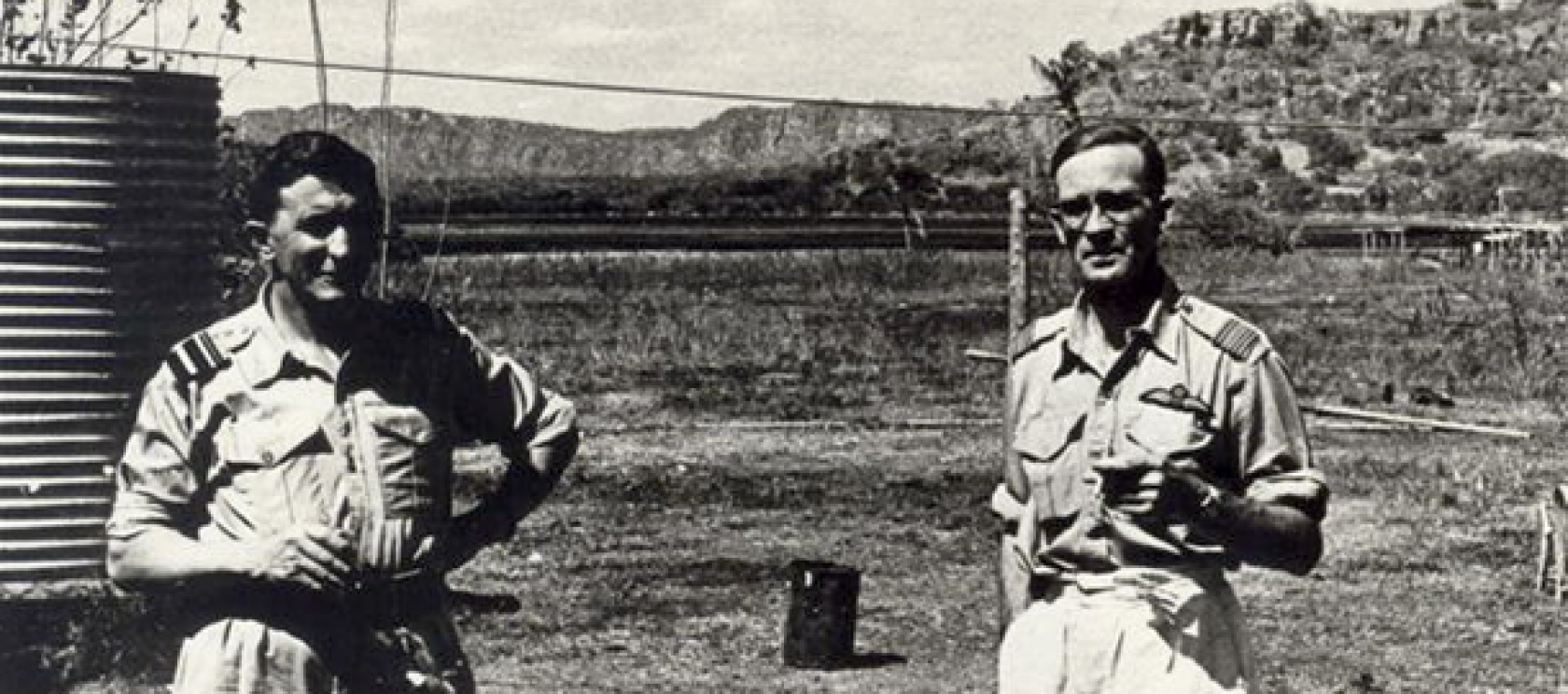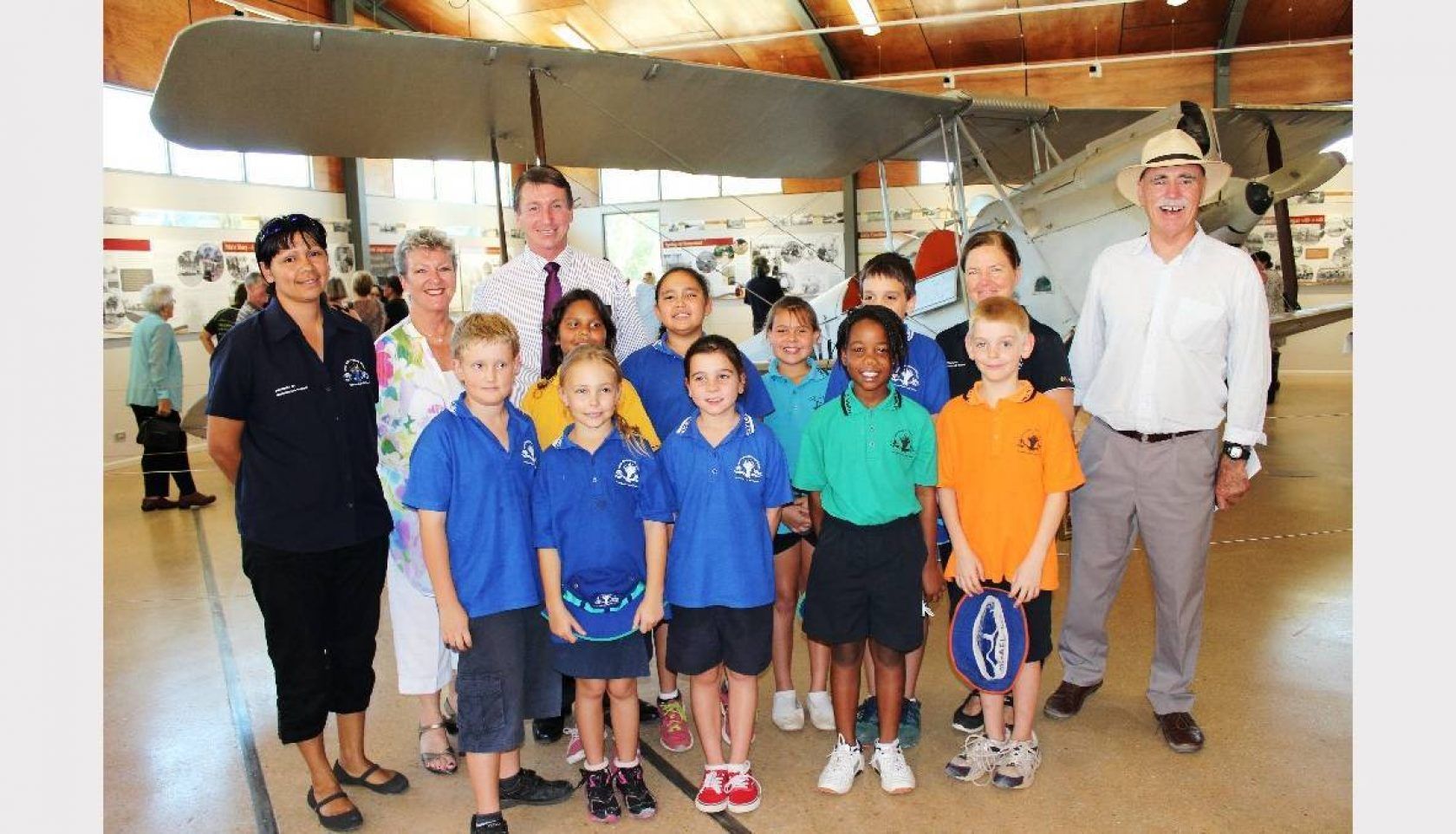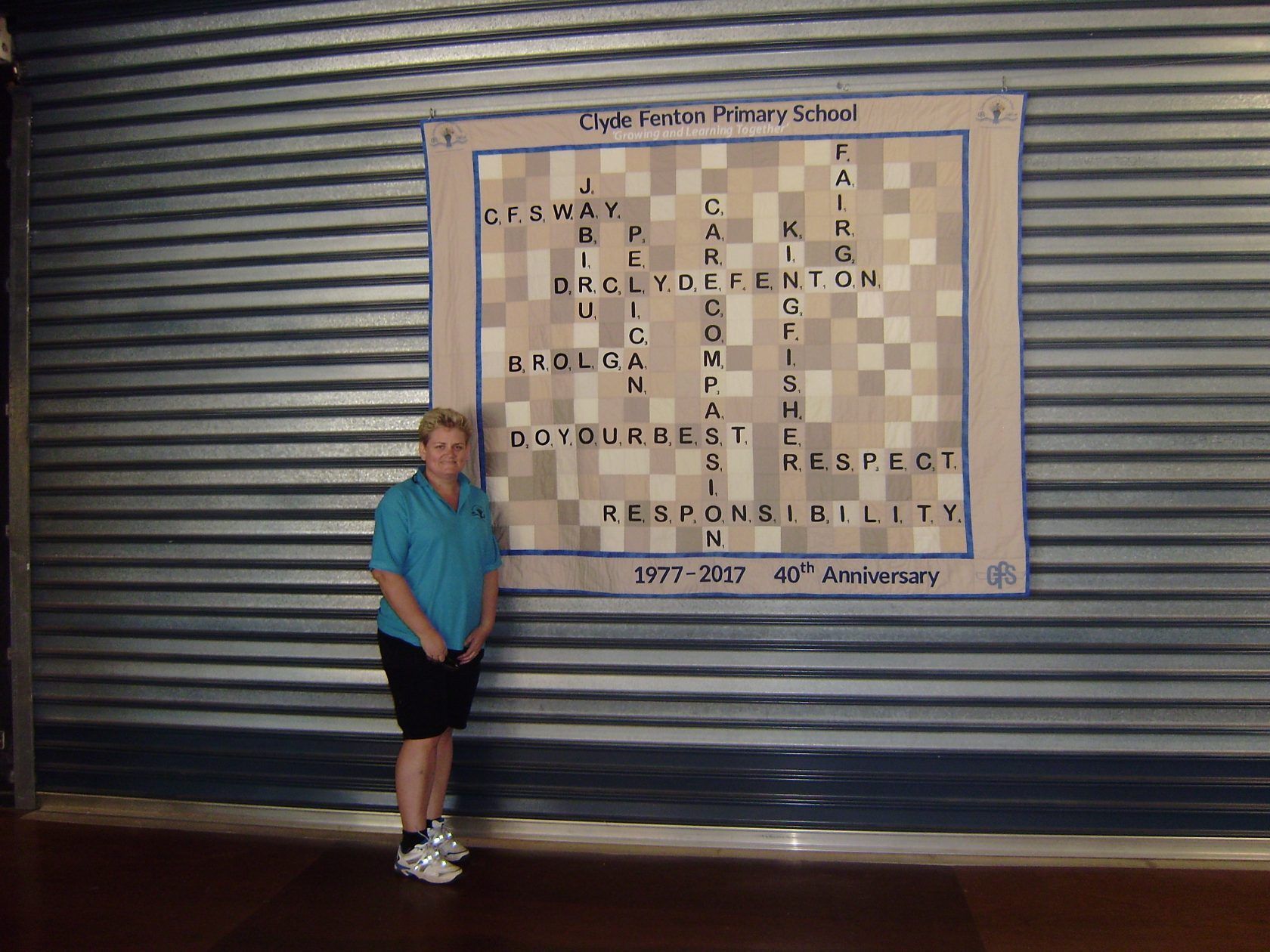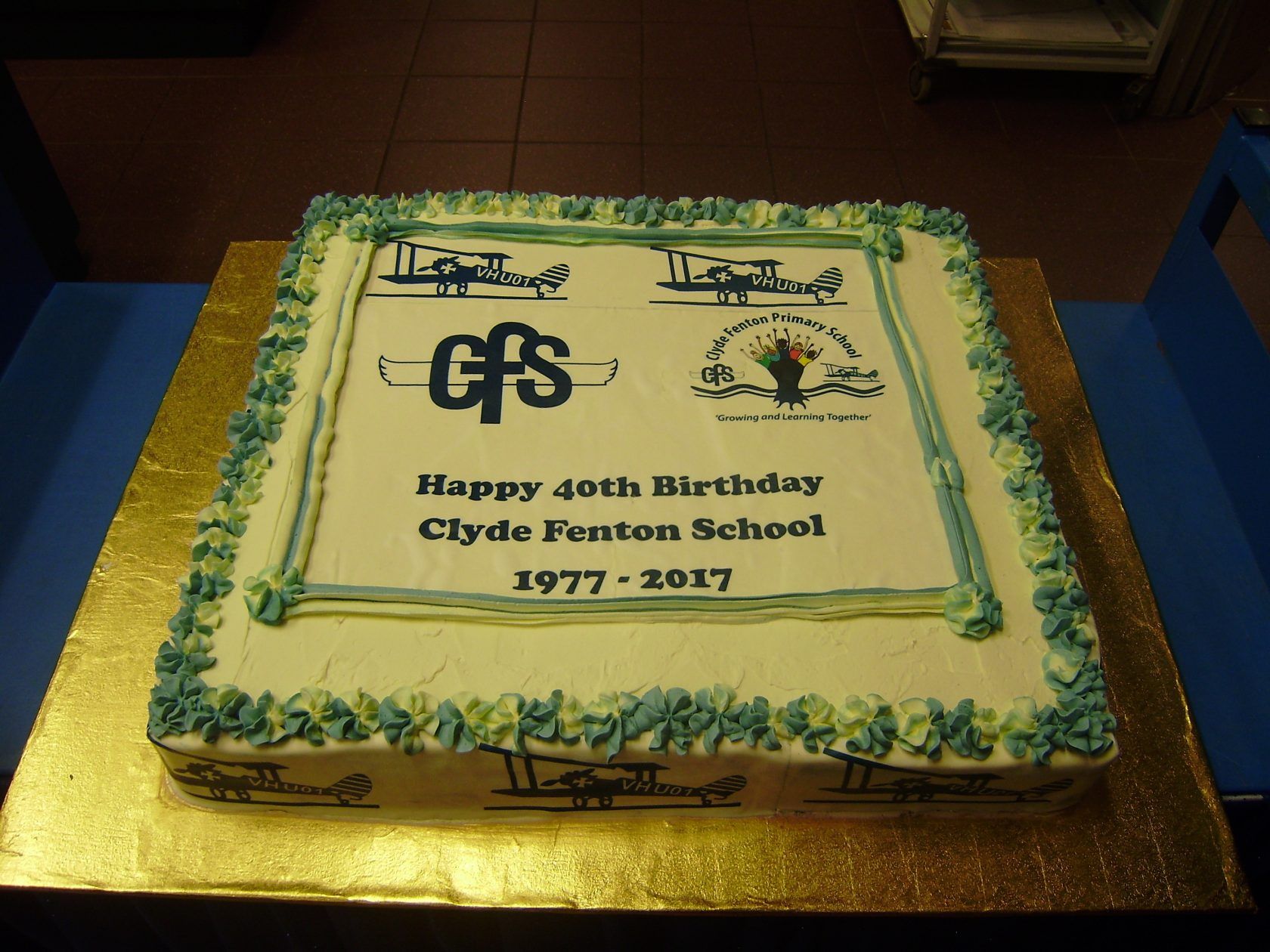About Us
We are a team.
We value a consistent therapeutic approach across the whole school.
We are committed to our beautiful children.
We are a Therapeutic School.
Many of our children have experienced trauma.
As professional teachers and therapeutic practitioners we understand the need to deal with a child's trauma before we can start teaching the child.
Before anyone can learn they need to be ready, to be receptive. You cannot be receptive if you are in a state of dysregulation. If we have students who are dysregulated they will dysregulate others in a number of ways. They will attempt to control the climate in the classroom by taking it to a place that suits their dysregulated state.
It is better to stop and deal with the trauma or the overtly emotional state of the child before trying to move onto curriculum orientated learning. The children will all be learning as they watch us deal with the trauma and the behaviours presented. It is all a learning opportunity. As they watch us and our emotional state they are being guided at the deepest level as to how to handle stressful and critical situations. As we bring everyone back to a positive state of regulation everyone will have learnt a new skill. Through being in relation they have gained true insight and will begin to see the inner steps that need to be taken to learn to regulate themselves and also a key in how to support and assist others.
As we stay the course there will be less need over time to do this as we acknowledge a child's emotional state they are able to change and adapt as they feel heard and seen. They will also know that we are consistent in our response to them thus eliminating their need as they begin to access us and their classmates in a more positive manner. This process will eventually create a classroom geared to learning as we have removed the behaviours that were barriers.
But what about the children in the school who are not traumatised?
All children benefit from the therapeutic approach. All humans will experience some form of trauma in their lives. Our approach teaches children to identify big emotions and how to manage them in a positive way. Our children also learn to identify trauma in others and the skills to help others deal with their trauma. Research shows that children who have been exposed to therapeutic practices are more empathetic and compassionate and more likely to support an environment where all children can feel safe and successful.
Principal's Statement
Welcome to Clyde Fenton School!
Clyde Fenton Primary School embraces diversity and prides itself on being inclusive, tolerant and innovative. We value the knowledge and experience that people of all races, cultures and backgrounds bring to our school, and view diversity as one of our key strengths.
We are proud to be considered as the "school for anyone and everyone".
Clyde Fenton Primary School with the full support of the Clyde Fenton Primary School Council embarked upon an ambitious program in 2021 to become a 'Therapeutic School.'
In all our processes we are guided by the Australian Children's Foundation and are informed by the ACF's ground breaking publication "Making Space for Learning: Trauma Informed Practice for Schools."
Traumatised children and young people respond to their environment with limited access to the resources in their cortex responsible for thinking, logic, analysis and problem solving. This is why trauma informed practice has as its main ambition to support children and young people to reset their baseline internal stress and arousal levels in order to bring their cortex back on line. With these resources available, children and young people are more likely to use their experience of school to learn.
Trauma informed practice supports an emphasis on making the school space – its routines, its relationships and its activities in and around its students – facilitative and flexible to the needs of all children and young people, but in particular those who are affected by the consequences of trauma and toxic stress.
The acronym SPACE represents five key dimensions that if incorporated into strategies offer the most potential to establish effective opportunities for schools to respond to the needs of traumatised children and young people.
S.P.A.C.E.
STAGED
Sophisticated functions of the brain-body system only emerge after basic functions have developed and been consolidated with rehearsal and practice. This is true of the vertical and horizontal structures of the brain. It is also true of the progression of memory for basic facts through to memories of sequences of experience through to narrative memory, which combine experience and interpretation.
PREDICTABLE
Strategies which promote stability and familiarity reduce the need for the stress system to be as actively engaged. This releases the energy that children and young people use to lock down their experience and avoid change.
ADAPTIVE
Strategies which promote adaptability in children and young people are those which are able to maintain multiple meanings for behaviour and remain open to multiple options for intervention.
CONNECTED
Relationships become the primary vehicle through which new meanings about feelings, beliefs, behaviour and identity are resourced to emerge. Connected children and young people are calmer and more able to access their internal systems to learn.
ENABLED
Effective strategies for responding to traumatised children and young people in the school context will enable them to make linkages between and give meaning to their experiences of their past and their present, the feelings and their behaviour, their thoughts and their actions. Together they learn to interpret themselves and their past. Children and young people see themselves as others do. They have identities which feel congruent and hopeful.
Staff were introduced to this publication at a PD run by Save the Children in Katherine 2018. For many of us it was life changing. Our major learnings around this from 2018 to 2020 as we attempted to become more trauma informed, was that while you may wish to become a trauma informed school, it is impossible to manipulate existing school structures to truly embed trauma informed practice into the daily life of the school. Trauma informed practice is not an add-on or an upgrade you can apply to a non-trauma informed school to bring it up to 'trauma informed level'.
To truly embed trauma informed practice you need to build the school around trauma informed practice. You cannot have a trauma informed school if your classroom layout or your timetable or even your buildings are not trauma informed. This is the journey we embarked upon in 2021. We are rebuilding our school as a completely trauma informed one.
Does this sound like something you would like to be a part of? Please email or phone us to find out more.
The History of Clyde Fenton School
The school was named in honour of Clyde Fenton, a pioneer of aerial medical work in the Northern Territory. Clyde Fenton graduated as a medical doctor in 1925 from Melbourne University. He then had a stint in the Royal Air Force in England in 1928.
Clyde Fenton Primary School was opened on the 14th July 1977, by Sam Golder MP. The school was built on the site of the old aerodrome on the corner of Rapide and Giles Street.
Dr. Fenton's early goal was to join the Royal Flying Doctor Service, but the founder, Reverend John Flynn, had a policy of not using doctors as pilots. As a result, Fenton privately raised money for an aircraft, and eventually purchased a second-hand De Havilland Gypsy Moth for five hundred pounds and proceeded to the Territory.
In March 1934 arrived he in Katherine as the Government Medical Officer. He started an aerial ambulance rescue service which grew into the Northern Territory Aerial Medical Service.
Over the next six years Dr. Fenton became well known and respected by communities, pastoral properties and missions as he provided medical services over an area of approximately 8,000,000 square kilometres, in the course of which he flew over 3,000 hours. His kindness and determination to help became legendary. He also received attention from the media, both local and national, for his daring rescues, escapades, and occasional pranks, which often brought him into conflict with aviation regulatory authorities. C.E.A Cook, the NT Chief Medical Officer remarked on his `resolute devotion to duty’, his `compulsive acceptance of challenge’ and his `wilful disregard of personal hazard’.
Dr. Fenton’s solitary, resilient figure contributed much to an enduring Northern Territory self-image. His other historical contributions to the Territory were to demonstrate the usefulness of aircraft as a means of communication in the difficult terrain and to press for the construction of rural landing strips.
Calls for medical assistance came through the two RFDS stations at Cloncurry and Wyndham, and were relayed by telegram. Dr. Fenton utilised primitive bush strips and runways to pick up the patients and return them to Katherine for medical treatment. With no navigational equipment or radios, landings were made on strips lit by kerosene flares or car lights, and he often relied on railway lines and the Katherine River to estimate his position.
He improvised flares for night landings in Katherine using half petrol drums fitted with handles and filled with cotton waste soaked in crude oil. The flares would burn for up to two hours and could be seen up to thirty kilometres away. A rotation beacon was installed in 1937 and a base wireless was installed two years later. The grass airstrip Dr. Fenton used ran parallel to the river, and the school now sits at the the very southern end of the strip.
On 14 May 1940 he received his call up for the RAAF by telegram. He was eventually based at Manbulloo airstrip near Katherine, from where he made many emergency medical flights. In August 1942 the No 6 Communications Flight Unit was formed with Flight Lieutenant Fenton in command. This unit, known as 'Fenton’s Flying Freighters', delivered mail and food supplies and provided transport and rescue services to military bases as well as unofficial medical support to missions, some as far afield as the Wessell Islands.The unit was at various times based at the Ross Smith Aerodrome in Darwin, and at the Batchelor airstrip.
After the war Dr. Fenton did not return to the Territory, however he did write a lively and popular account of his pre-war years in the Territory, Flying Doctor(1947). One of the planes he flew, a Gipsy Moth, is on display at the Fenton Hangar at the Katherine Museum and he has also given his name to a World War II airstrip, Fenton Airfield, near Hayes Creek.
Dr. Fenton was awarded the King George VI’s coronation medal (1937) and the Oswald Watt gold medal (1937), and he was appointed OBE (1941).
Dr. Clyde Fenton died in Melbourne in February 1982.
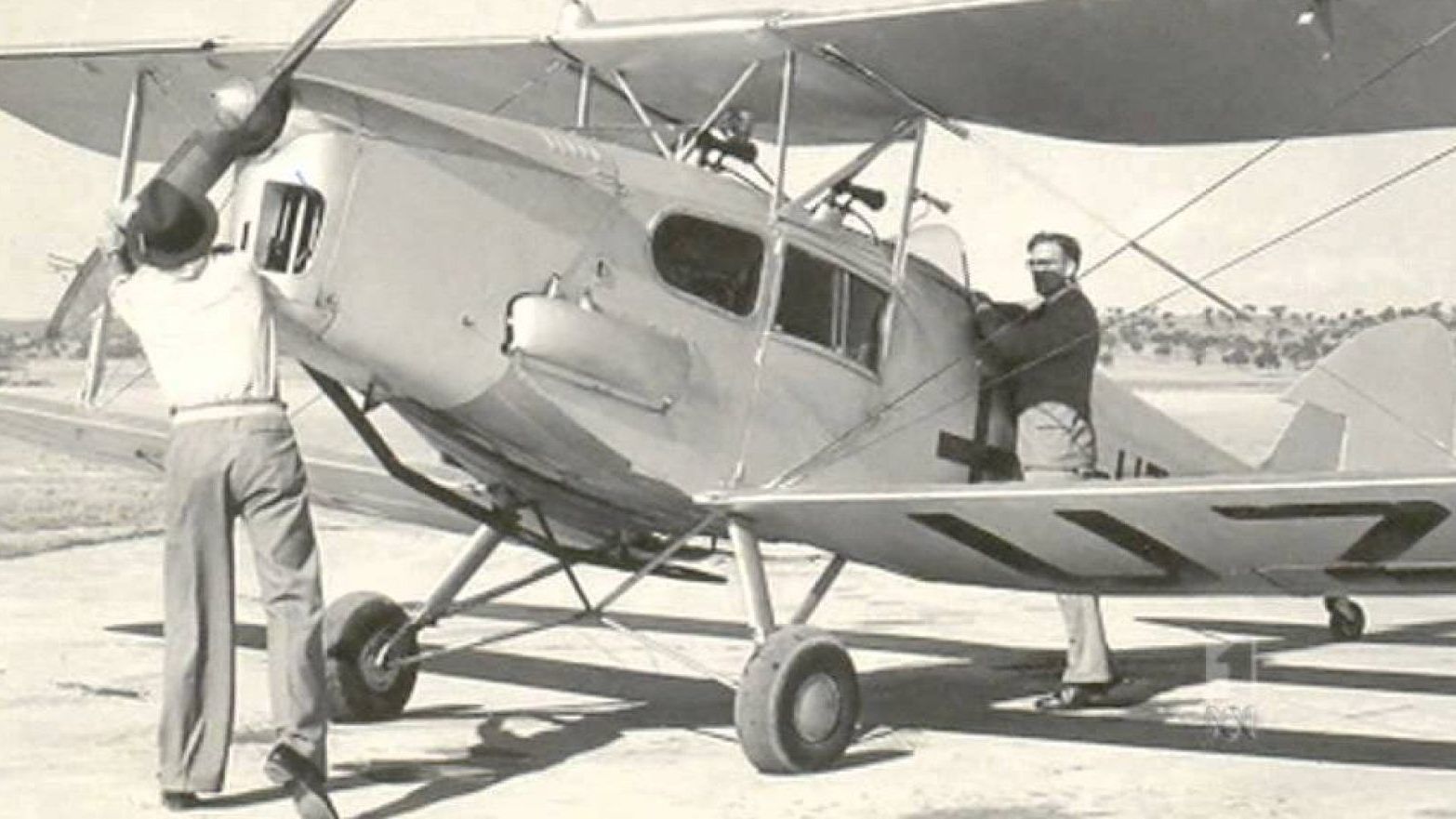
In its first year Clyde Fenton Primary School had 320 students and 23 staff members. The first principal was Ross Kay. A new principal Pat Ellis, came in 1979 and was here until 1980. He wrote the original school song “Students We of Clyde Fenton School.” During this time our house teams were established Jabiru, Brolga, Pelican and Kingfisher. These were named after birds of the Northern Territory.
Paul Hill was the principal from 1981 to 1983. During the 1980’s, the school was carpeted and air conditioned, so before students could enter Clyde Fenton Primary School they had to remove their shoes, as there was little grass and lots of mud in the playground because of wet weather.
A couple of our present staff members were students in the 1980’s and do they have some stories to tell! In the 1980’s most students rode their bikes to school, so there were many circular bike racks in the area where the Multipurpose Room now stands. Apparently the withdrawal rooms were named after flying objects, for example the Special Ed room was called Sputnik. There were so many students enrolled that there were at least 14 classes, they filled every available space. There were classroom of students in the Science area, Dipl room, Library compactus area, Art room.
There were all sorts of highlights during the 80’s and 90’s when Holt Thompson was the Principal from 1984 - 1994.
In the 1980’s International Nights were introduced where students dressed in costumes and cooked food from different countries.
In 1984 the Melbourne Philharmonic Orchestra played for the students right here at school.
In 1985 there were Punk Days and Old Timer’s Days. In 1986 there was a Happening Day Fete that raised $2798.71 and that was an enormous amount of money for the time.
Then of course there was the flood in 1998 which affected all Katherine residents.
In the 1990s some students were involved in repairing Dr Clyde Fenton’s plane.
In the year 1990 the school performed a musical called Kids in Space. In 2001 and for a few years after musicals were part of the performing arts program to go along with Wakakiri and Eisteddfod events that the school was already involved in.
These were amazing stage productions involving all the students acting and singing.

Between 1996 and 2002 Sandi McCue was Clyde Fenton’s first female principal. For our 2001 Centenary of Federation celebrations students dressed, played games and did school activities similar to people of the early 1900’s. In the year 2000 Clyde Fenton School put together a musical performance advertising Vegemite and won the state award for the Northern Territory.
Also in this year we won first place when we entered the Eisteddfod with the “Invisible Man” dance. We were also invited back for the best of the best event.
Up until 2005 year 7 students attended school on the CFS campus. 2006 was the first year when grade 7 students attended the High School Campus for classes.
In 2006 Bryan Hughes became Principal, introducing many changes, including putting extra tutors in classrooms, a practice that continues today.
In 2008 Sandy Cartwright became the principal, she was responsible for introducing Buy a days, the CFS Dollars, the CFS Way and attendance award days. She was also involved in the planning and building of the Multipurpose Room that was opened in 2011.
Since 2010 we have been involved, each year, with singing as a whole school in the “Count us in” event where students all over Australia sing a song simultaneously wherever they may be. The song is also written by specially chosen students to create a song for this event.
To this day Clyde Fenton Primary School has always provided its students with wonderful learning opportunities in every aspect of life. There are a number of events each and every year to show students strengths such as our Swimming and Athletics Carnivals, Jump Rope, Anzac Day ceremonies (both at the school and joining in with the community), End of year concerts and Student Graduation Evenings (Preschool / Year 6’s).
Students get to take part in representing the school in elite sporting events, sing, dance and produce musical extravagances like Muso Magic, partake in excellent learning opportunities such as STEM week activities, class camps and excursions and Discovery Days.






